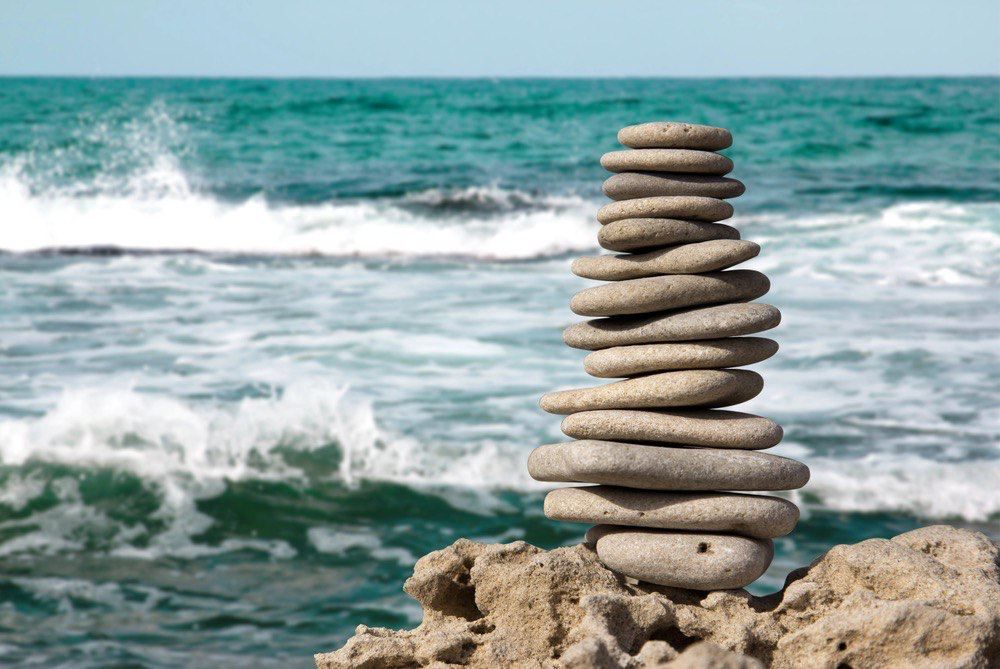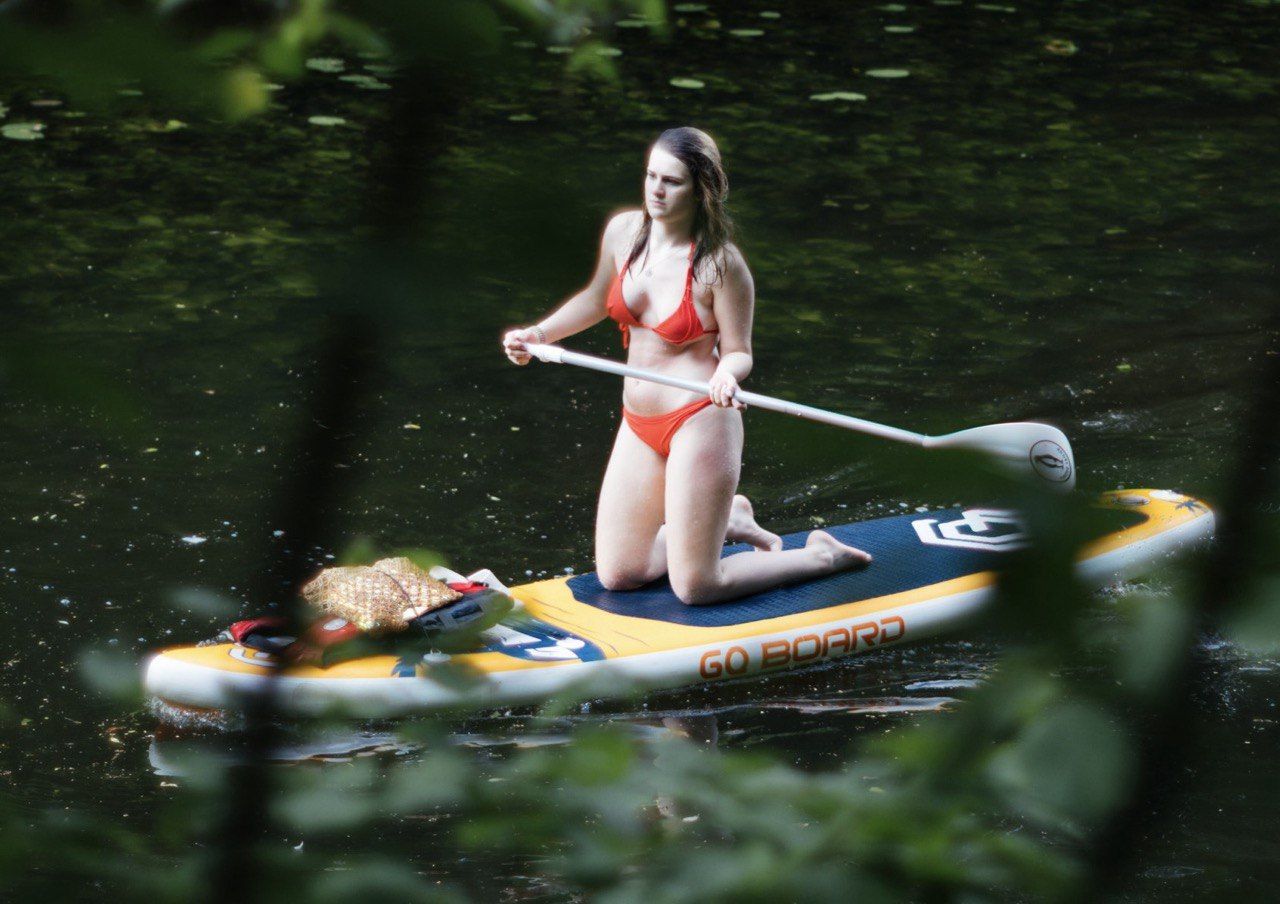What is Mindfulness?
-
Published:02 May 2024
-
Updated:07 December 2024

Imagine looking at the world around you through glasses. The lenses are not ordinary, but are created under the influence of past experiences, memories, societal norms, and the environment in which you grew up. The quality of your view is also influenced by temperament, character traits, and the current conditions you find yourself in.
It turns out that the perception of reality is influenced by a multitude of factors. Your perception of reality affects how you react, and the actions you take affect your life as a whole.
How to Learn to See Things as They Are?
If you want life to unfold in the best possible way, learn to see things as they are without dramatization or worry, with an understanding of your own capabilities and limitations. Mindfulness allows one to see the world through clear lenses, free from biases and preconceptions, enabling a balanced and grounded approach to life.
Mindfulness - the Practice of Developing Awareness
The method of mindfulness does not have a religious or esoteric context. It combines knowledge from ancient Eastern contemplative practices and modern insights from psychology and neurophysiology. The technique teaches individuals to be present in their lives and experience them as they are: without getting lost in thoughts, without visualizing a carefree happy world, and without getting fixated on emotions. It fosters acceptance, patience, trust, and non-judgment.
What Science Says
Since the 1980s, thousands of studies have been conducted on the impact of mindfulness on human life. Advancements in technology have enabled researchers to track changes in various brain regions and analyze the effects of specific factors. Scientific research indicates that mindfulness practice increases resilience to stress, reduces anxiety, enhances concentration and memory, improves productivity, and fosters better social relationships.
For Whom is This Technique?
Mindfulness practice is not complex but requires some discipline. It is suitable for individuals from any background, age, or level of physical fitness. How about giving it a try?
Simple Breath Observation Practice
We suggest trying the simplest mindfulness practice - breath observation. What's important to know:
- Breathe calmly and smoothly, as naturally as possible; there's no need to intentionally speed up or slow down your breathing.
- Thoughts are normal; if you get distracted, redirect your attention to the breathing process, and do so each time.
- We recommend finding a quiet place for yourself and setting a timer, for example, for 3 minutes.
- Try not to move during this time.
Sit comfortably, you can close your eyes and simply observe your inhalations and exhalations, where they manifest (abdomen, chest, the area under the nose), and notice how the inhalation transitions into exhalation, and exhalation into inhalation.
After the timer rings, tune in to how you feel, pay attention to the sounds around you, you can stretch, move around, and smoothly return to your activities.
Mindfulness (https://en.wikipedia.org/wiki/Mindfulness). Accessed 7 Dec 2024
Mindfulness-based interventions: an overall review
(https://pubmed.ncbi.nlm.nih.gov/33884400/) Br Med Bull. 2021 Jun 10;138(1):41-57. doi: 10.1093/bmb/ldab005. Accessed 7 Dec 2024







.svg)
.svg)
